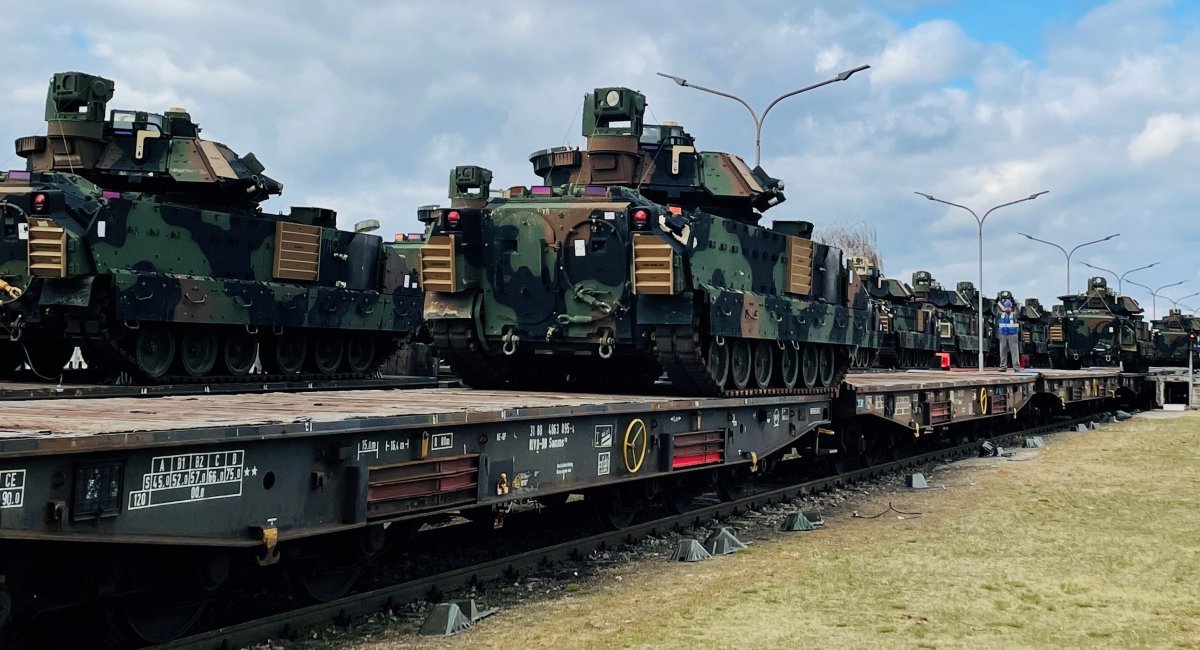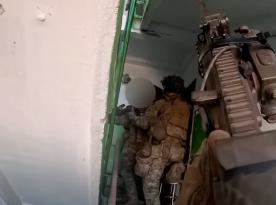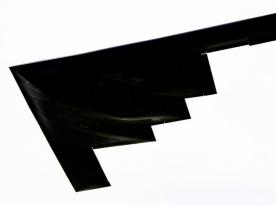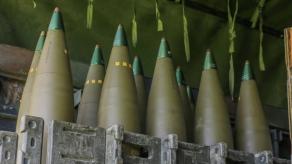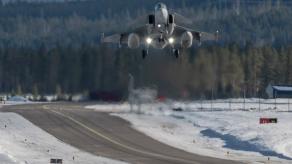Ukraine is ready to procure large quantities of weaponry from the U.S., President Volodymyr Zelenskyi announced. The total amount of potential purchases could range from $30 to $50 billion. Furthermore, the parties are already discussing the feasibility of such a deal, including the financing mechanism, and the list of requested materiel has already been submitted to the U.S.
Setting aside the source of funds, it’s important to note that even the lower limit of $30 billion is an enormous sum, which would be difficult for even the U.S. defense industry to handle. For context, since 2022, the U.S. has allocated over $66 billion in weaponry to Ukraine across all assistance programs, according to the Pentagon records.
Read more: Patriot Production in Ukraine: Is It Possible?
Of these, $32.85 billion was allocated under the PDA (Presidential Drawdown Authority), meaning weapons for delivery were drawn from the existing stockpiles, and the other $33.2 billion went for USAI (Ukraine Security Assistance Initiative), where brand new weapons are ordered from manufacturers. The funds for USAI will be converted into weapons by approximately 2027.
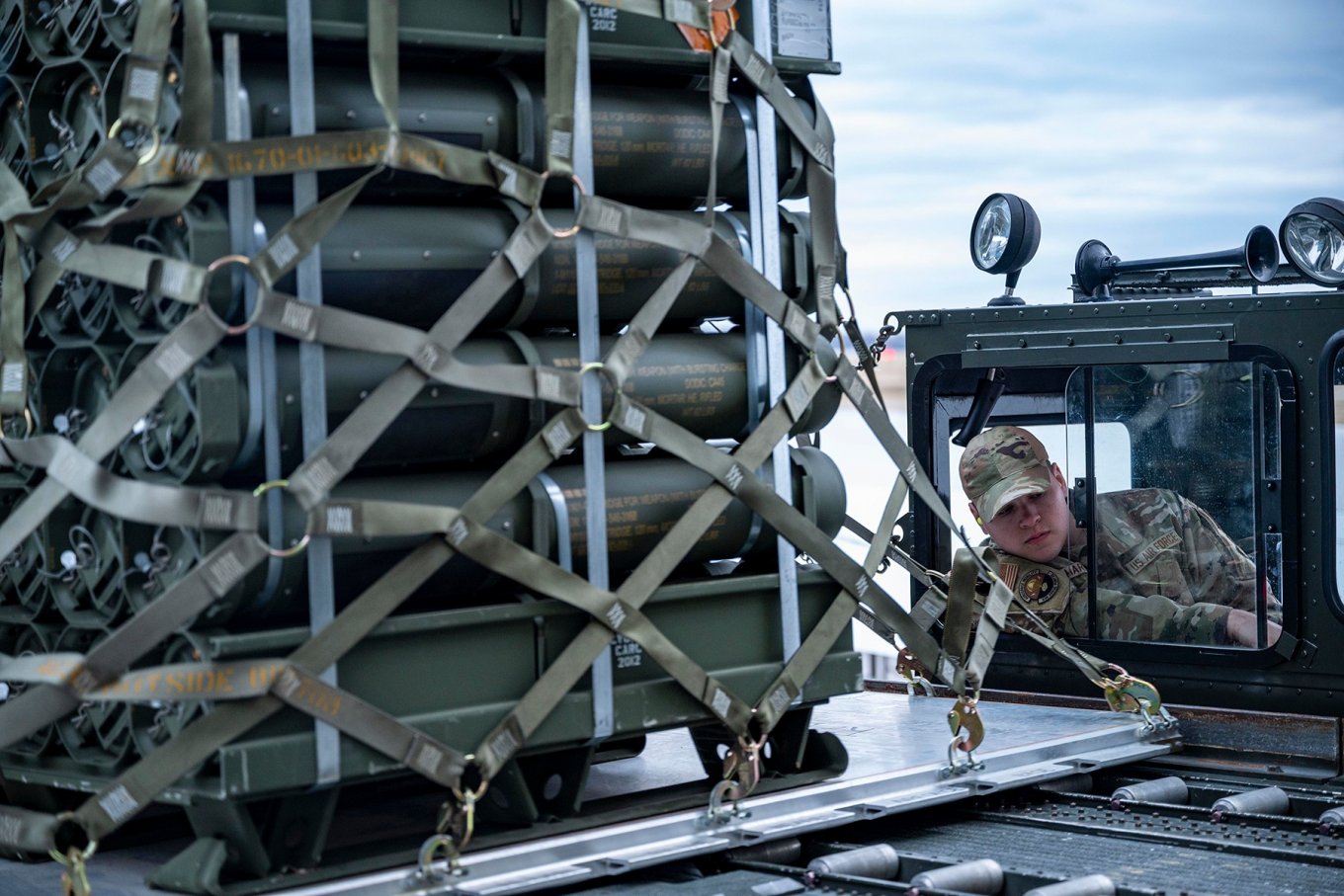
The list of weapons that may be ordered is currently not public. However, Zelenskyi has stated that it will include urgently needed air defense systems. Apparently, he was referring to the Patriot missile systems since Ukraine so far got only half of the Patriots it asked for, as well as missiles for them. Even under the current administration, there is little risk of failing to receive approval for the purchase, as Ukraine is already a buyer and operator of American weapons.
However, the price for such weapons will be commercial, as will be the terms of acquisition. Poland, for example, is set to buy a Patriot system package for approximately $15 billion under the second phase of the Wisla program. This package will include 12 radars, 48 launchers, and a certain number of missiles.
Before that, in 2018, Warsaw had aquired two AN/MPQ-65 radars, 16 launchers, and 208 PAC-3 MSE missiles for $4.75 billion at the old prices. Here we mention all components separately because the Polish military reconfigured their fire units by combining two radars into one battery with 8 launchers.
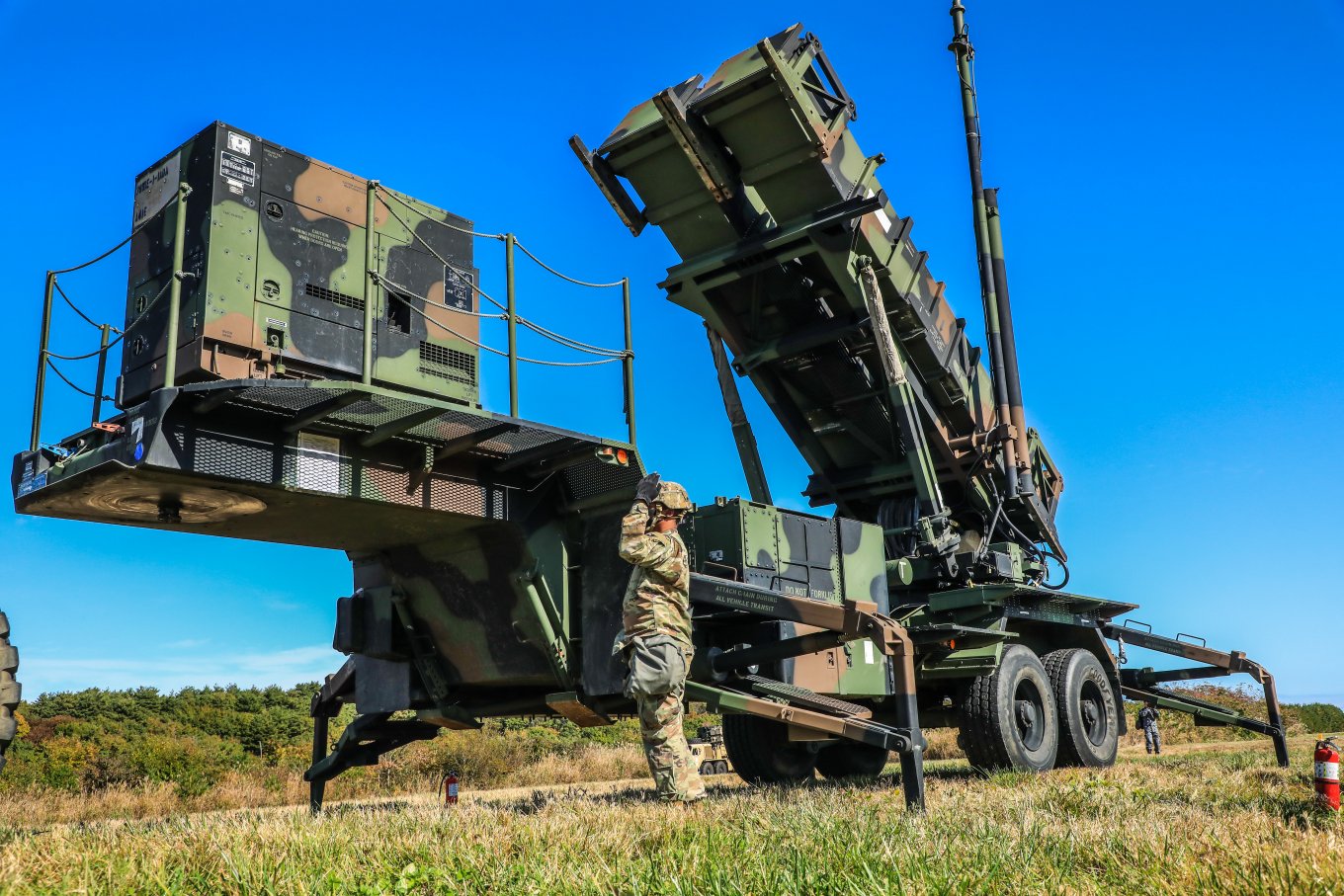
Regarding the production rate of Patriot systems, Poland expects to receive additional systems by the end of this decade.
Greece, meanwhile, couldn't wait and started considering Israeli Barak missile defense systems as alternative, despite having six active Patriot batteries in service. According to the Greek prime minister, it would take 4–5 years for new Patriots to arrive.
No less importantly, Patriots have to be fed missiles. For reference, in the summer of 2024, the Pentagon ordered 870 MSE interceptors for its own needs for $4.5 billion, or roughly $5.17 million per unit. The export price is likely to be higher.
However, beyond having the necessary funds, it’s important to remember that the success of an acquisition depends on production capacities. Lockheed Martin plans to produce 600 MSE missiles for all customers throughout 2025.
For Ukraine, besides additional air defense systems, it would be quite logical to spend money on fighter jets as well. New F-16 Block 70/72 models could cost up to $279 million, just like they did for the Philippines. One explanation for the paradox, where F-16s are more expensive than F-35s, is that if you order F-16s right now, the first ones could be delivered by 2028, whereas F-35s might only be available around 2034-2037.
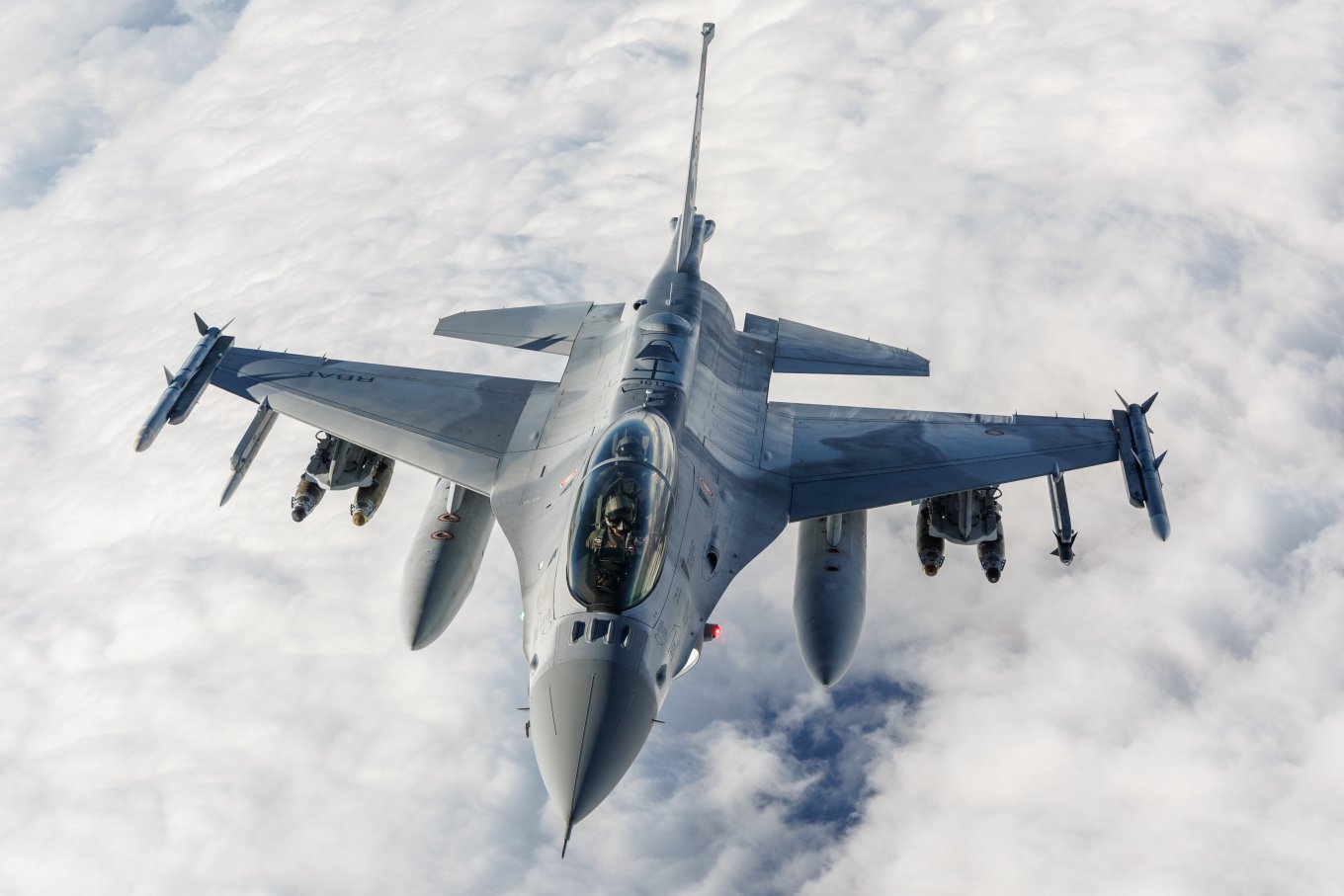
Is it realistic to buy used F-16s from the U.S. immediately? It’s likely possible. However, when Argentina wanted to purchase second-hand fighters, Washington did not sell its aircraft but pressured Denmark to give theirs instead. As a result, 24 F-16s, which were initially intended for Ukraine, were sent to Argentina. This story is also telling because the Argentinians purchased the planes for $13 million each on credit but were later billed $1 billion for their refurbishment.
It is still possible to purchase used weapons from the U.S. There is even a special program called Excess Defense Articles, which involves the transfer of surplus equipment as an alternative to disposal. Formally, this is a free transfer of weapons, but the receiving end must cover the transport fees, other related costs, and refurbish the equipment to combat-ready condition on their own. For instance, 200 free Bradley IFVs from the U.S. would cost Greece €1.6 billion, so Athens refused the offer.
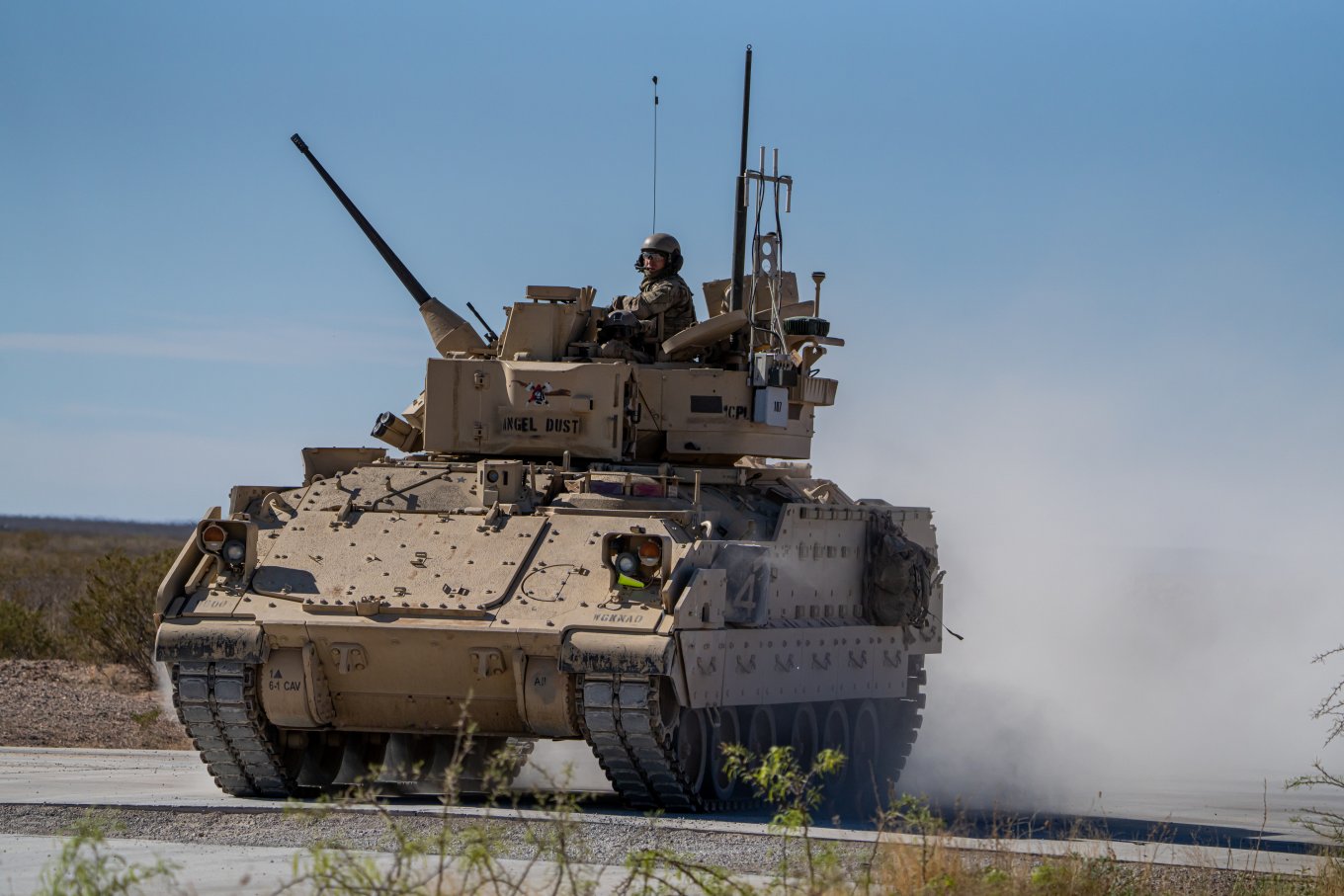
At the same time, there is another, more favorable aspect of weapon procurement: offset agreements. Through this mechanism, the buyer can offset costs by attracting investments from the seller. Poland exemplifies such an arrangement where Polish factories, nurtured by offset investments, have grown to produce TNT that is now bought by the United States to fill 155mm shells.
Offset agreements also involve situations where, for example, South Korea is not only willing to supply Romania with K2 tanks but also to build roads for them. Also, there is the Czech Republic that agreed to partially localize the production of the CV90 combat vehicle on its territory. In other words, there are many options, and each of them involves attracting foreign investments into the domestic economy.
Read more: Sweden Confirms the F-16 Fighter Modifications Dictate the ASC 890 AEW&C Delivery Timeline to Ukraine



